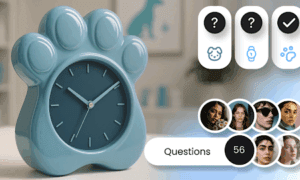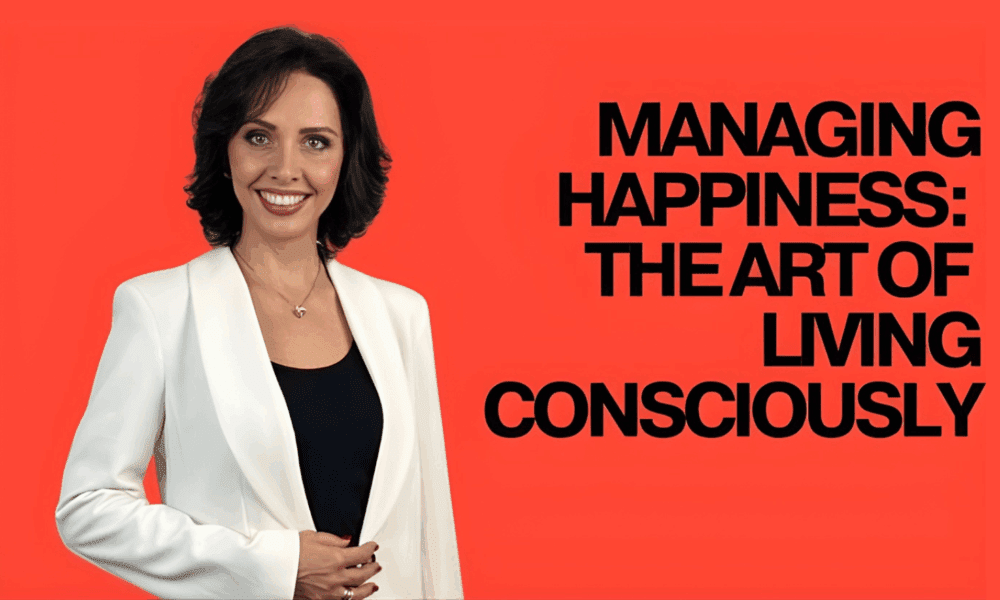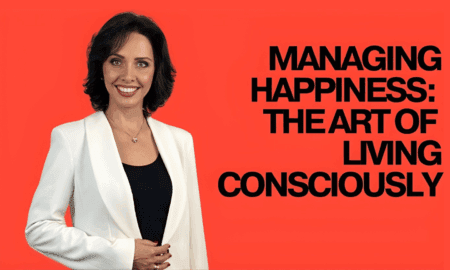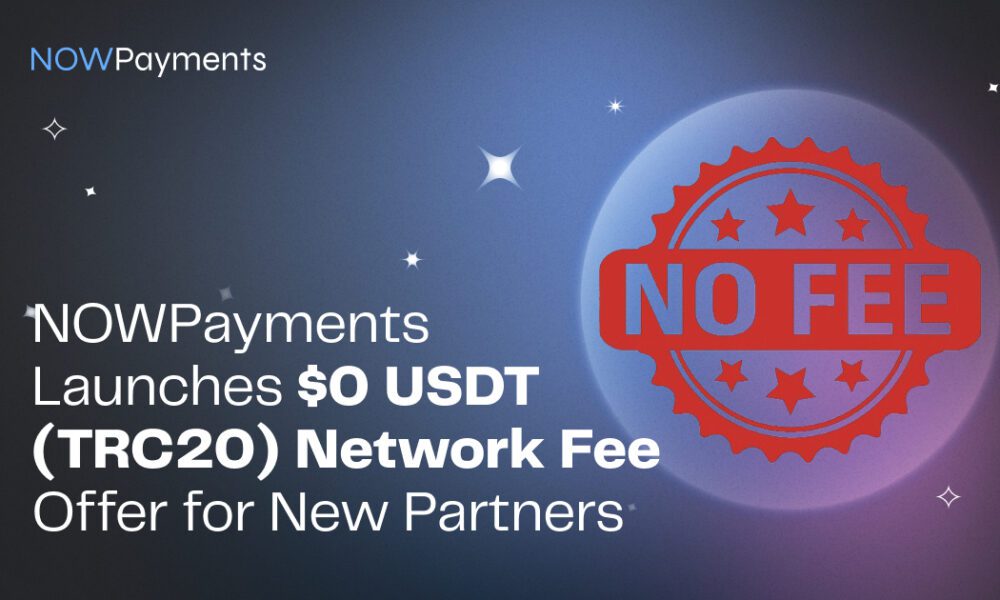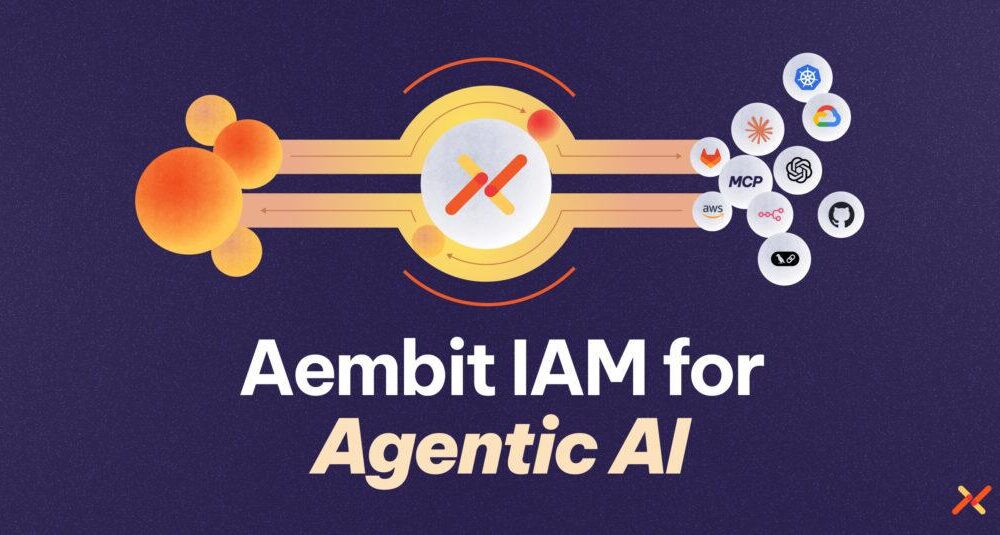Mindfulness has gone mainstream, but it still makes plenty of people roll their eyes. At work, suggesting a meditation session or breathing break can sound like you’re pitching incense and mantras instead of practical stress management. Yet mindfulness isn’t mystical—it’s mental fitness. It’s about training attention so you can stay focused under pressure, communicate clearly, and recover faster from stress.
So how do you bring mindfulness into a workplace full of skeptics? By treating it like any other performance skill—something that improves focus, decision-making, and resilience. Here’s how to do that naturally, without sounding “woo-woo.”
1. Redefine What “Mindfulness” Means
Skip the spiritual jargon. You don’t need to mention chakras or enlightenment. Instead, define mindfulness in plain English: the ability to notice what’s happening in the moment without reacting automatically.
Explain it as a mental exercise—like strength training for attention. When you describe it this way, mindfulness stops sounding like therapy and starts sounding like skill-building. People value productivity, not mysticism, so frame it in terms of outcomes: fewer distractions, clearer communication, and lower stress.
2. Start Small (and Stay Subtle)
The mistake many workplaces make is starting too big—launching full meditation programs before people even understand why. Instead, weave mindfulness into existing routines.
Try these low-key starters:
- Two minutes of silence before a meeting.
- A 30-second breathing reset after intense calls.
- Encouraging one “no-multitasking” block each day.
Subtle changes stick because they don’t feel forced. Most employees resist major “culture shifts,” but nearly everyone appreciates shorter, calmer meetings.
3. Let Data Do the Talking
People respect numbers more than buzzwords. The science on mindfulness is deep and well-documented: it improves working memory, emotional regulation, and even immune function. Referencing credible studies—like those published through the National Institutes of Health—adds authority without preaching.
Instead of saying “mindfulness boosts happiness,” say, “NIH research shows regular mindfulness practice can lower stress hormone levels and increase focus.” That framing connects mindfulness with measurable results, not vague positivity.
4. Model the Behavior Yourself
Culture changes faster when leaders lead by example. You don’t need a meditation cushion in your office—just visible habits that show calm under pressure.
Pause before responding to tough emails. Take short breaks to breathe between meetings. Start a team huddle by asking one quick reflection question, like “What’s one thing that went well yesterday?” When people see mindfulness in action, it stops being a theory and becomes normal behavior.
Authenticity is key here—no one follows a leader who lectures about presence while checking their phone mid-conversation.
5. Keep Language Grounded
If the goal is to avoid sounding “woo-woo,” word choice matters. Replace terms like “spiritual awareness” or “inner stillness” with straightforward language:
- “Focus” instead of “consciousness”
- “Stress recovery” instead of “energy balance”
- “Awareness training” instead of “mind-body harmony”
You’re not watering mindfulness down; you’re translating it into everyday language. The clearer the vocabulary, the less defensive your audience becomes.
6. Integrate It Into Real Workflows
Mindfulness shouldn’t live in an HR memo—it should live where the work happens. For example:
- Encourage “focus sprints” (20–25 minutes of distraction-free work) followed by one-minute resets.
- Suggest mindful emailing: reading messages fully before replying, rather than scanning and firing back.
- Use check-ins at the start of meetings where each person shares what they’re focusing on that day.
These practices reduce reactivity and improve collaboration without requiring anyone to “meditate.”
7. Normalize, Don’t Enforce
If mindfulness becomes mandatory, it backfires. Adults don’t like being told how to feel. Make participation optional and self-paced.
Offer flexible tools:
- Short guided audios for breaks.
- Optional “quiet corners” for decompression.
- Access to workshops or coaching for those who want more depth.
When mindfulness is presented as an option for personal performance rather than a requirement, people engage voluntarily—and that’s when the benefits multiply.
8. Bring in Outside Expertise (Strategically)
Sometimes employees need to hear it from a neutral voice, not their manager. A short workshop from a professional can frame mindfulness as science-based, skill-oriented, and workplace-friendly.
Partnering with a Wellness coach austin gives teams the chance to explore stress management in a practical, culturally relevant way. Professionals like these translate neuroscience and behavioral science into usable daily tools—no crystals required.
9. Highlight Everyday Wins
Once people try mindfulness, track what changes. Do meetings run faster? Do conflicts resolve quicker? Are employees taking fewer stress-related sick days?
Share real results through short internal updates or shout-outs. Recognition reinforces behavior—and stories make abstract ideas feel tangible.
Example:
“After adding two minutes of silence before our weekly strategy call, we noticed fewer interruptions and faster decisions.”
That’s proof, not promotion.
10. Treat It Like Continuous Training, Not a Trend
Mindfulness isn’t a one-time workshop or a January resolution. It’s an ongoing skill like communication or leadership.
Encourage micro-moments of practice: noticing breathing before presentations, pausing before replying in conflict, or reflecting briefly at day’s end. These habits, repeated, reshape the way teams handle pressure.
If you want mindfulness to last, make it part of the culture of improvement—something that evolves just like your business strategies do.
11. The Hidden ROI
Companies that integrate mindfulness well see measurable benefits: better focus, lower turnover, and improved psychological safety. But the real win is the shift from constant reactivity to thoughtful response.
When people feel calm and clear, they collaborate instead of compete. That leads to smarter decisions and fewer workplace blowups. It’s not magic—it’s maintenance for the human mind.
12. Final Thought: Mindfulness Is for Everyone, Not Just the “Zen Crowd”
You don’t have to meditate in lotus position or whisper affirmations to practice mindfulness. You just have to notice what’s happening before reacting.
That small pause—the breath before speaking, the thought before typing—can change everything about how teams communicate, solve problems, and show up.
Mindfulness isn’t woo-woo. It’s one of the most practical leadership skills in the modern workplace. The sooner we stop treating it like mysticism, the faster we can use it to make work a little saner—and a lot more human.










